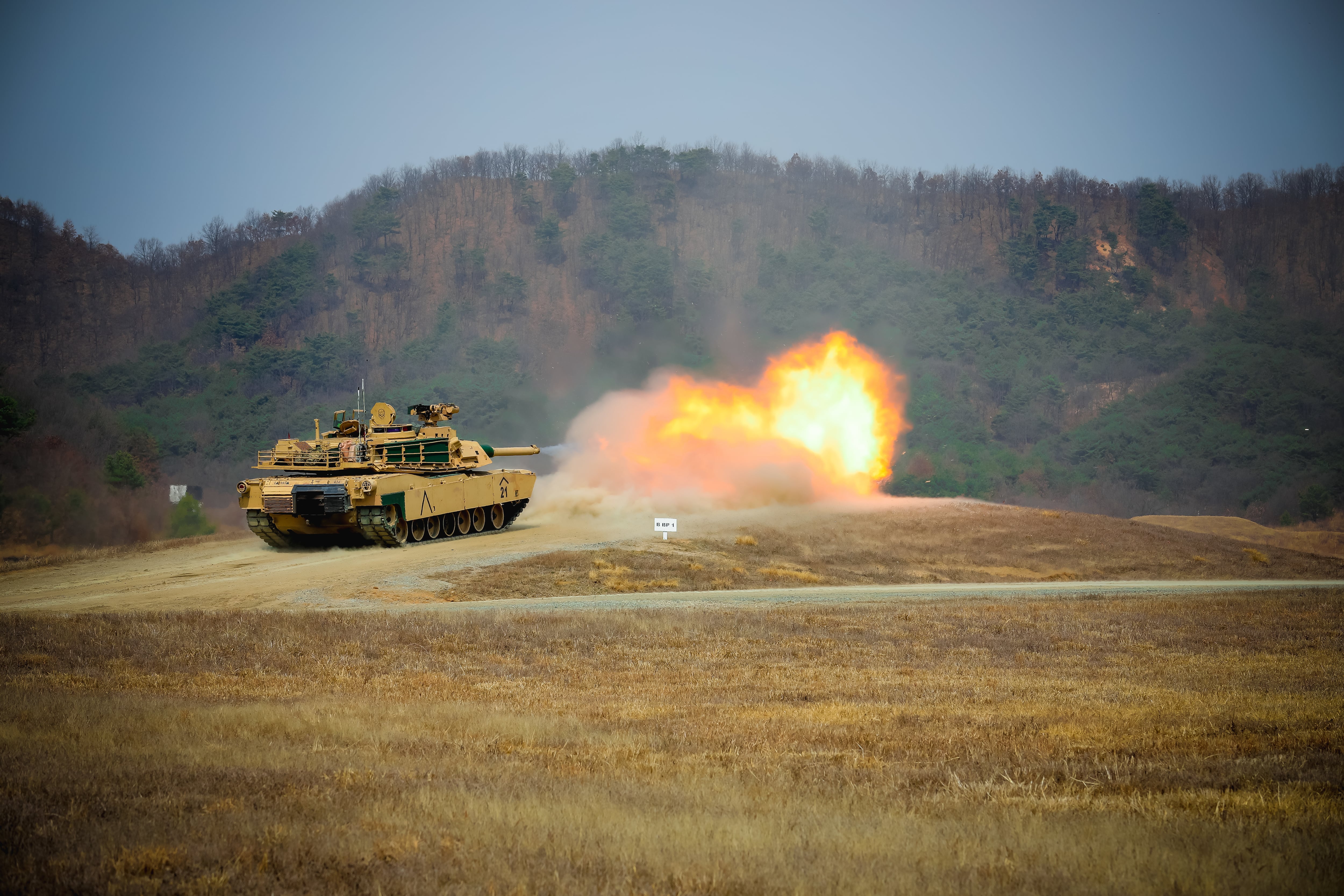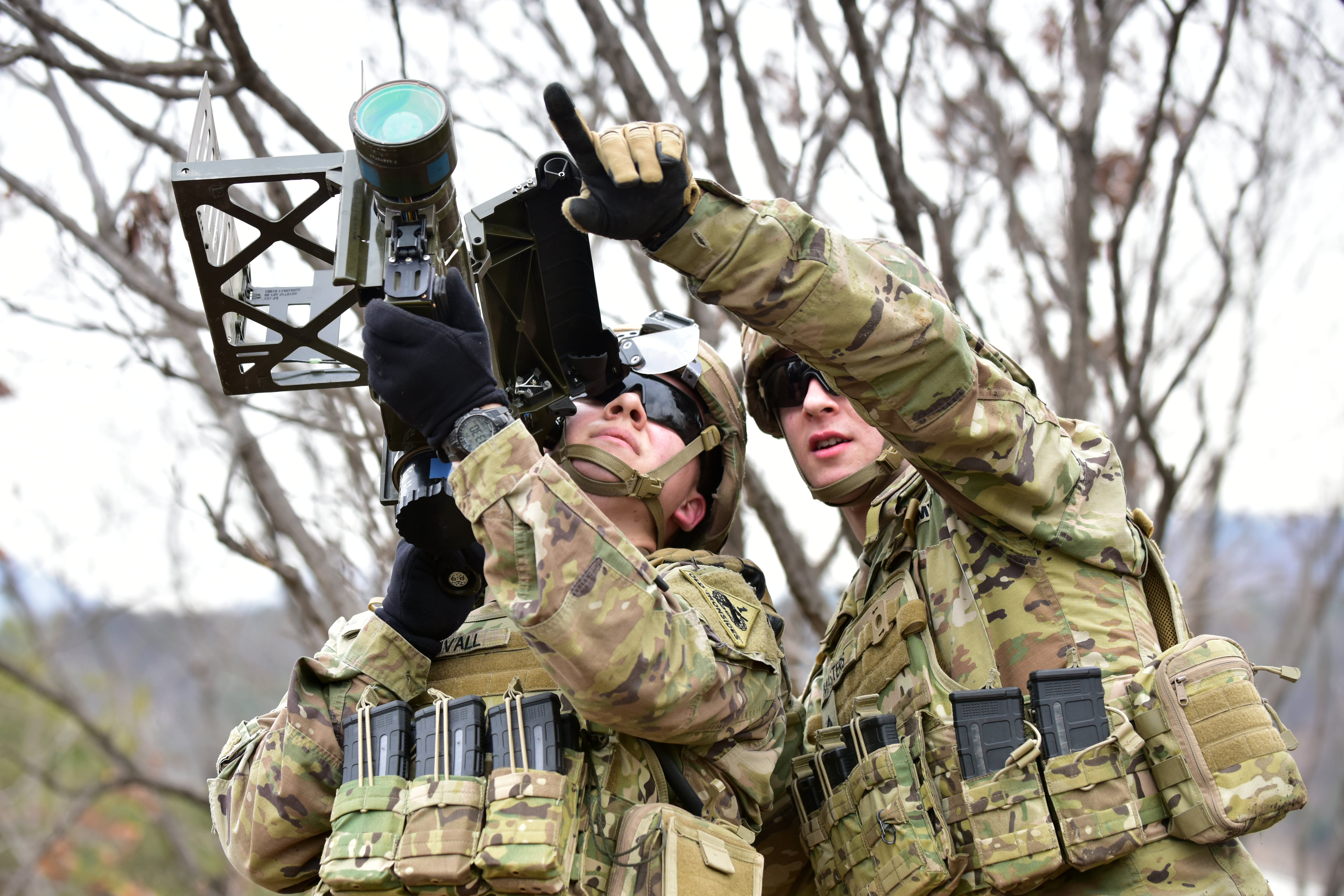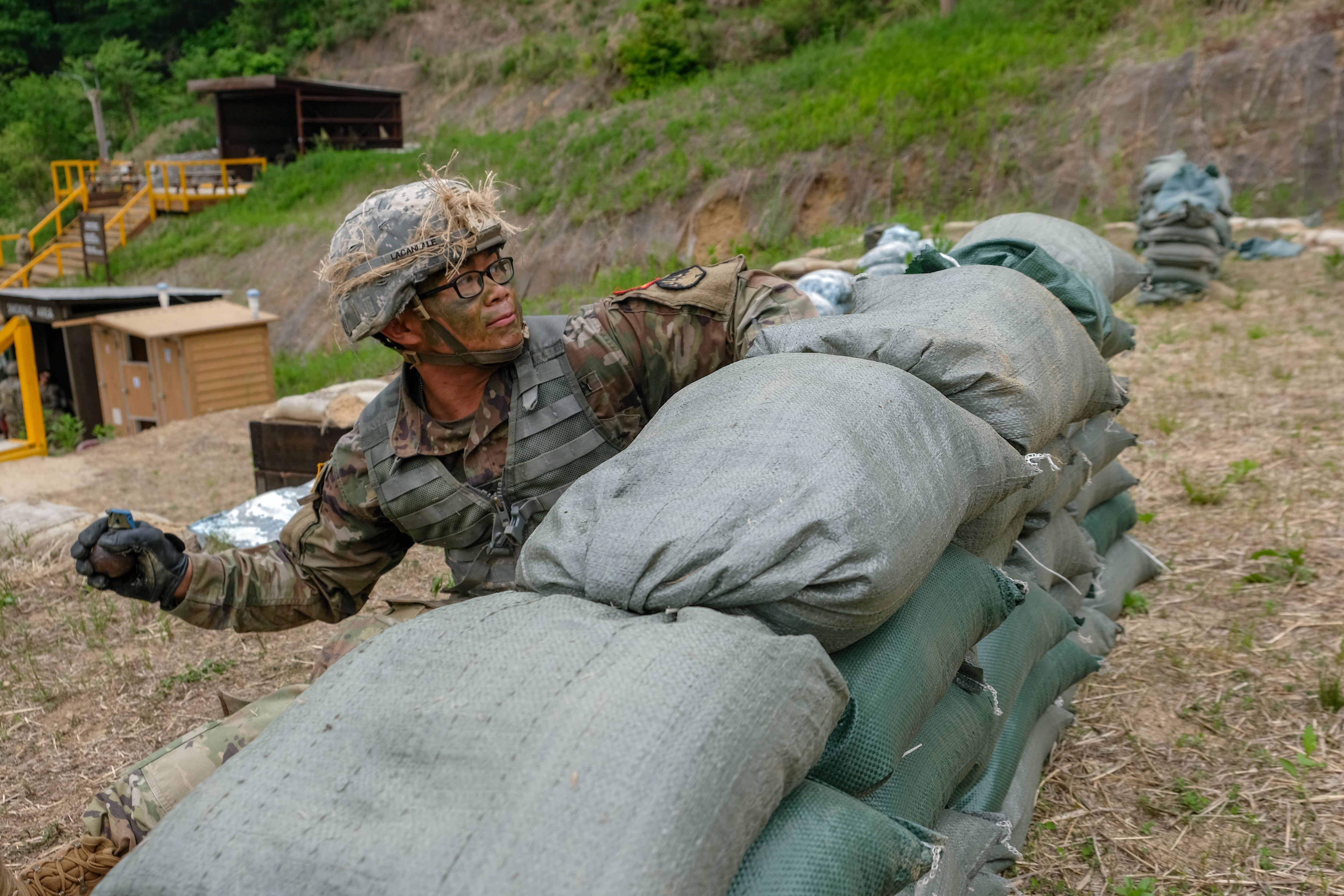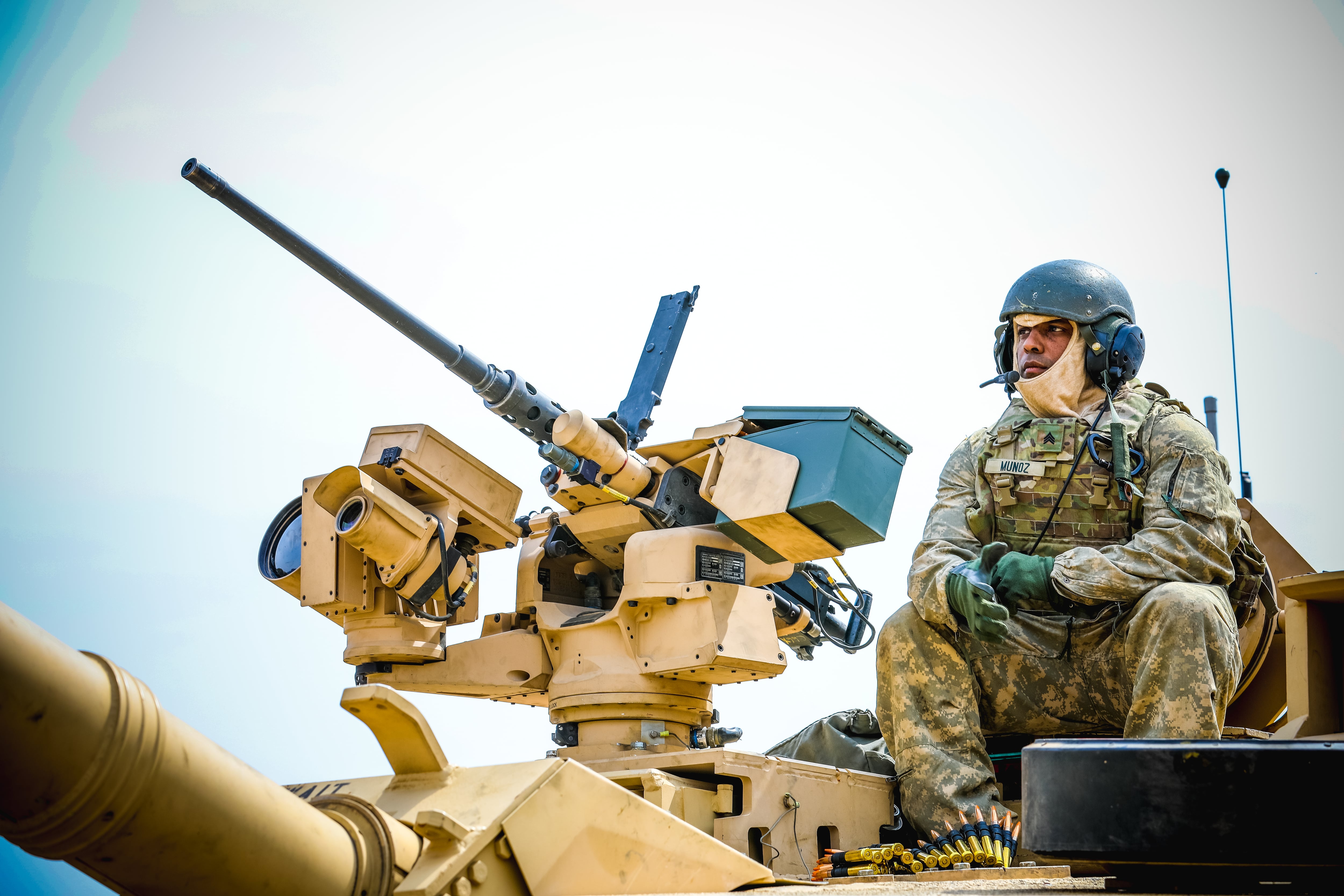The U.S. has suspended several large training exercises on the Korean peninsula amid ongoing denuclearization talks with North Korea.
That angered some pundits and critics, but proponents of the move say that the force readiness provided by those exercises has been maintained through smaller drills.
“This was a prudent action in support of diplomacy," Army Gen. Robert Abrams, who oversees all American troops on the peninsula, said May 22 at the Association of the U.S. Army’s 2019 Land Forces of the Pacific Symposium.
“Following those suspensions, we have worked to evolve our exercise, design and execution by tuning four dials: size, scope, volume and timing, bringing us into harmony with ongoing diplomatic efforts,” Abrams added.
So far this year, U.S. and South Korean troops have held more than 100 exercises, according to an Army News Service posting. The U.S. and South Korea have been conducting a series of newly designed command post drills and revised field training programs as a replacement for the large drills.
For instance, troops from the 2nd Infantry Division and the Republic of Korea Army hosted trainers from U.S. Army Air Defense Artillery School to certify soldiers on the FIM-92 Stinger man-portable air defense system in February and March.
In April, U.S. and South Korean troops also conducted a combined bridging exercise across the Imjin River to prepare for contingencies that require the rapid deployment of forces across the peninsula.
“We continue to conduct combined training and exercises at echelon, from Combined Forces Command to our combined components, all the way down to unit level," Abrams said. “Any suggestions to the contrary — and I’ve heard them all — are simply not true."
Acting Defense Secretary Patrick Shanahan said over the weekend that he sees no need to restart the major training exercises, which included Key Resolve and Foal Eagle, two large-scale drills the U.S. military conducted with South Korea every spring.

Abrams said recent reports that North Korea was still conducting missile tests have not increased tensions on the peninsula.
“We pay attention to what’s going on up north and we have our own assessment,” Abrams said, adding that the sources of that assessment and manner of collection are not fully disclosed due to operational security. “We have a very good sight picture on what is and what is not going on in North Korea.”
When asked about North Korea’s missile tests, Abrams said that militaries around the world conduct training exercises that reflect their specific capabilities.
The large-scale U.S.-South Korea exercises were axed as part of President Donald Trump’s plan to foster a more positive relationship with North Korea. The Kim dynasty in the north has long viewed the exercises as a threat, while the U.S. and South Korea used the training to maintain force readiness and deter aggression.

“I’m confident that we have the readiness that we are required to have,” Shanahan told the Associated Press as he flew to Seoul on the weekend. He added that he plans to discuss the training regimen with Abrams to “make sure that the plan that we put in place is sufficient.”
Large-scale exercises are good for two primary reasons: a high-profile deterrence campaign and to maintain core wartime competencies, according to Abrams.
With diplomats still working on denuclearization, it makes more sense to pursue smaller exercises with a “lower profile in the information space or reduced volume,” he added.
Some have criticized the move to eliminate the major training events, arguing that the move placates North Korea without garnering anything of value in return. But at the AUSA event last month, Abrams said that tensions on the Korean Peninsula are down, and changes have been made that were “unthinkable in the past."

As an example, Abrams pointed to the Comprehensive Military Agreement signed in September between North Korea and South Korea, which he said “has led to a palpable reduction in tensions on the peninsula."
“Ten guard posts on each side have been destroyed,” Abrams said. And although hundreds of guard posts remain, both sides were able to personally verify the destruction of those 10 posts in December, he added. “It’s a small ink-blot of confidence building and trust building.”
The size of the no-fly zone for unmanned aerial vehicles, rotary-wing aircraft and fixed-wing aircraft along the eastern half of the DMZ has also been increased, Abrams said.
To top it off, the Joint Security Area of the DMZ — the only place where North and South Korean forces stand face-to-face — is also no longer the tense location of past years. All but two guard posts have been closed there, all 35 guards on each side must now be unarmed and the two sides share the same security footage feeds.
Kyle Rempfer was an editor and reporter who has covered combat operations, criminal cases, foreign military assistance and training accidents. Before entering journalism, Kyle served in U.S. Air Force Special Tactics and deployed in 2014 to Paktika Province, Afghanistan, and Baghdad, Iraq.




